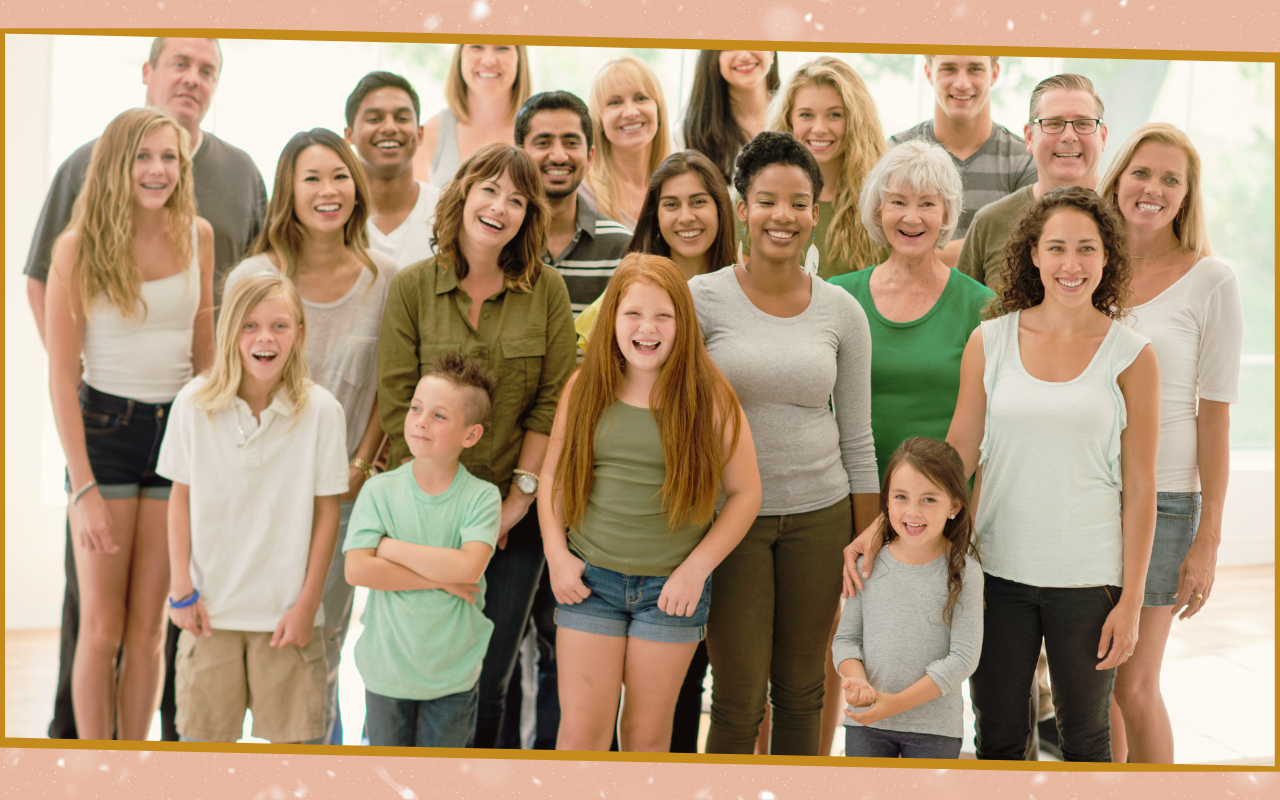Welcome to the world of “New Normal Families,” where the traditional family tree has branched out in ways we never imagined. In today’s world, the evolution of family structures is not just a trend; it’s a reality that is reshaping our understanding of what it means to be a family. Gone are the days when a typical family was defined by a two-parent household with biological children. Now, we’re embracing a spectrum of family dynamics, each unique and rich in its own way. From single-parent families to blended households, and from multigenerational living to families with same-sex parents, the concept of family is becoming more inclusive and diverse.
As we navigate through this article, we’ll explore the changing landscapes of family life. We’ll delve into how non-traditional family dynamics are becoming the norm, the impact of social change on family relationships, and how families are adapting to these transformations. Moreover, we’ll uncover the secrets to building strong, resilient families in a world that’s constantly evolving. So, let’s embark on this journey together, understanding and celebrating the diverse forms of love and connection that make up our modern families.
The Evolution of Family Structures
The bond that links your true family is not one of blood, but of respect and joy in each other’s life
Richard Bach
Picture the classic family from a few decades ago: Mom, Dad, two kids, maybe a pet, all living under one roof. Fast forward to today, and you’ll see a kaleidoscope of family setups. The evolution of family structures over the years has been as dynamic as it is inspiring. Single parents juggle work and parenting with admirable finesse. Blended families bring together individuals from different walks of life, creating a rich tapestry of experiences. Same-sex couples are raising children in nurturing environments, redefining parenting roles. Even multigenerational households are making a comeback, with grandparents, parents, and children living together, each generation learning from the other.
This shift in family structures towards New Normal Families isn’t just a societal fad; it reflects our growing understanding and acceptance of different ways to build a family unit. In these New Normal Families, a diverse array of family models has emerged, each with its unique charm and set of challenges. What remains constant, however, is the love and bond that glue these families together, no matter their structure.
Exploring Non-Traditional Family Dynamics in New Normal Families
Non-traditional families, a term that once implied something out of the ordinary, are now part of the mainstream fabric of society. These families might look different from the traditional model, but the essence of family life – love, support, and growth – remains the same. Single parents, for instance, often build incredibly strong bonds with their children, compensating for their solo status with double the love and support. Blended families, a hallmark of New Normal Families and merging members from previous relationships, foster an environment of inclusivity and resilience, teaching valuable lessons about adaptation and acceptance.
In these dynamic settings, family roles can be fluid and less defined by societal norms. This flexibility can lead to more open communication and shared responsibilities, which are essential ingredients for a happy family life. The diversity within these families also offers a broader perspective of the world, preparing children for a multicultural society.

Impact of Social Change on Family Relationships
The impact of social change on family relationships is profound and multi-faceted. Our hyper-connected world, driven by technology, has both united and divided us. On one hand, families spread across the globe can stay in touch through video calls and instant messaging. On the other hand, the intrusion of digital devices into our daily lives can lead to a lack of real-world interactions even among family members living under the same roof.
Moreover, the shifting roles in society, particularly regarding gender and work, have also left an imprint on family dynamics. More families now see both parents working, or roles reversing with stay-at-home dads and working moms. This shift in ‘New Normal Families’ challenges traditional family roles but also offers opportunities for more balanced and equitable partnerships within the household.
Adapting to Changing Family Structures
Adapting to these changing family structures requires an open mind and a flexible approach. Communication is key. Families that talk openly about their challenges, expectations, and experiences find it easier to navigate through changes. It’s about creating a safe space where every family member feels heard and valued.
Incorporating new traditions and routines can also help in adapting to these new dynamics. Whether it’s a weekly game night or a monthly outing, these activities foster unity and create a sense of belonging. It’s also important to acknowledge and celebrate each member’s individuality, understanding that each person contributes uniquely to the family’s fabric.
Professional support, like family counseling, can be a valuable resource for New Normal Families struggling to adapt to changing dynamics. These services provide guidance and tools to strengthen family bonds, ensuring that each member feels supported during times of change.
Family is not defined by our genes, it is built and maintained through love.
Unknown
Building Strong Families in a Changing World
In this ever-changing world, what’s the secret sauce to building strong, resilient New Normal Families? The answer lies in the basics – love, understanding, and a bit of creativity. Strong families, especially in the context of evolving structures, are not defined by their makeup but by their ability to weather storms together. It’s about being there for each other, through thick and thin, and creating an environment where everyone feels safe and loved.
Encouraging open and honest communication is crucial. When family members feel comfortable sharing their thoughts and feelings, it strengthens the bond and builds trust. Regular family meetings can be a great way to keep everyone on the same page. Celebrating each member’s achievements and supporting them through challenges also reinforces the sense of family unity.
In the context of diverse family structures, it’s also vital to embrace and celebrate these differences. Recognizing and respecting each other’s backgrounds, beliefs, and experiences enriches the family culture, making it more inclusive and harmonious.

As we wrap up our journey through the landscape of modern family life, one thing is clear: New Normal Families, in all their diverse forms, are the heartbeats of our society The evolution of family structures and dynamics reflects our growing acceptance and understanding of the different ways love and commitment can manifest. Embracing this new normal in family life isn’t just about adapting to changes; it’s about celebrating the richness and diversity it brings to our lives.
As we move forward in the era of New Normal Families, let’s cherish the uniqueness of our own. Let’s be open to learning, adapting, and growing together in this ever-evolving family landscape. After all, at the end of the day, it’s the love and bond we share that truly defines us as a family, not just our family structure

